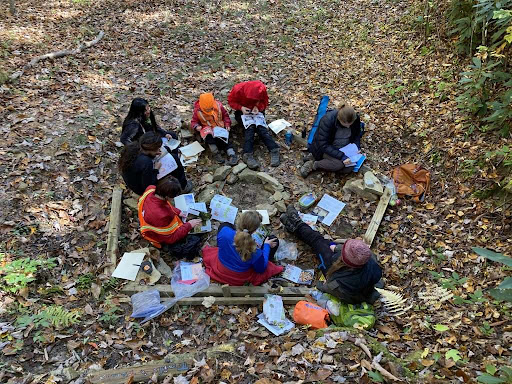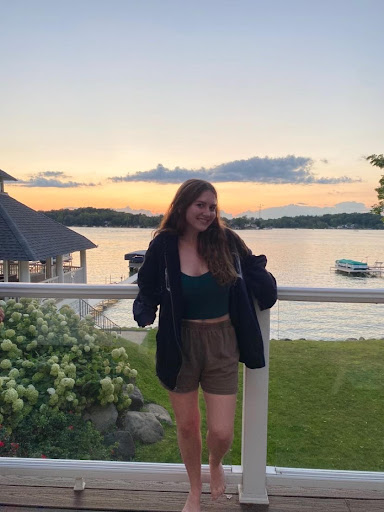
Recently, more people are questioning whether wilderness camps for “troubled teens” are ethical.
These programs have been running for decades, but some have been sued or shut down after negative feedback.
They are designed to use the wilderness as a therapeutic tool. Ideally, they help teens with behavioral and mental health issues and improve their lives. They utilize the environment as a secure, comfortable place that aids self-reflection and positive change. However, it’s important to remember that many of these teens do not choose to attend these programs; adults do.
As I have learned more about these programs, I have seen some flaws in the system.
My older sister, Abby Rappin, attended a wilderness therapy program in the fall of 2020. Throughout her experience, she learned many new and valuable skills, but they came with many unpleasant memories.

“We lived fully outside. No part of my experience was indoors except when someone went to the doctor or hospital,” said Rappin.
Transitioning from everyday life to complete isolation would be a challenging change for anyone. Not only were they living outside, but they were hiking miles each day with minimal rest stops.
Hearing about her experience, I wondered how someone could adapt to this change.
“Being away from society for a while not only made me lose touch with normalcy and unable to relate to other people’s normal experiences, it made me lose self-confidence when I was around people in regular society,” said Rappin, “I was around such a niche group of people, I didn’t even know how to interact anymore.”
Rappin lived in the woods for about two months with tiring days and restless nights. With the complete isolation and the same small group of people, it was difficult to function normally. She was given the same food every week and a set amount to be finished each day, meaning she wouldn’t get any more if she ran out of food. Seeing what conditions my sister and thousands of other teens have been forced to live in both shocks and saddens me.
On my sister’s last night in the woods, my parents and I were invited to spend a night with her. I was curious about where and what my sister had been doing all this time, as I could barely contact her. We were allowed to talk through written letters; otherwise, there was no communication.
“The sleeping situation was definitely something I had to get used to. We slept on a sleeping pad and a sleeping bag, all individually under a tarp tied to a few trees,” said Rappin.
These conditions were exactly what I experienced that night. There was no shelter besides a tarp above us, and we were practically sleeping on the floor. Though I was okay with this for a night, I can’t imagine what it would be like doing it for two months.
The program my sister attended isn’t the only one with conditions like these, and a majority of them give their participants minimal resources.
These teens are meant to survive for weeks or months in the wilderness. Whether farming, hiking, or other outdoor activities, these programs push them to their limits, creating traumatizing memories. Having so many rehabilitation options nowadays, I don’t think these programs should be prioritized over others.
Though they are meant to improve the lives of those attending and definitely do have certain benefits, the conditions, resources, and activities that come with them are harmful.








Jason • Sep 27, 2023 at 6:41 pm
“Troubled Teen” programs are (in all but a few cases) far more harmful than helpful to the “patient”, and many such programs are so abusive that the false pretense of “therapy” is the only thing protecting management from the justice which they deserve.
These wilderness programs seem to not be unique in this regard.